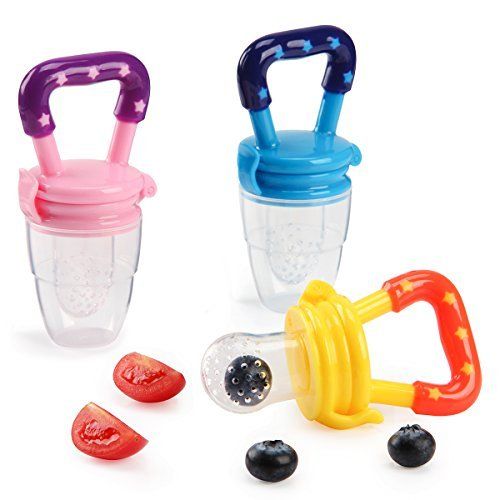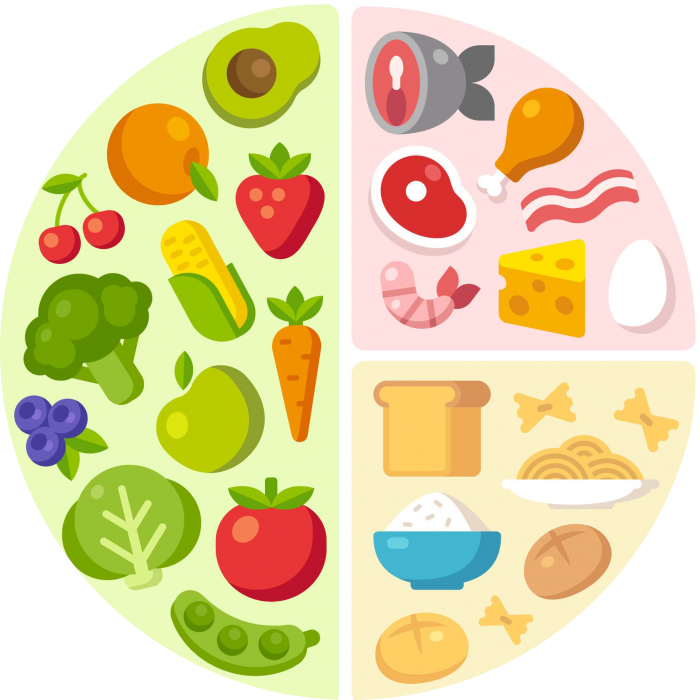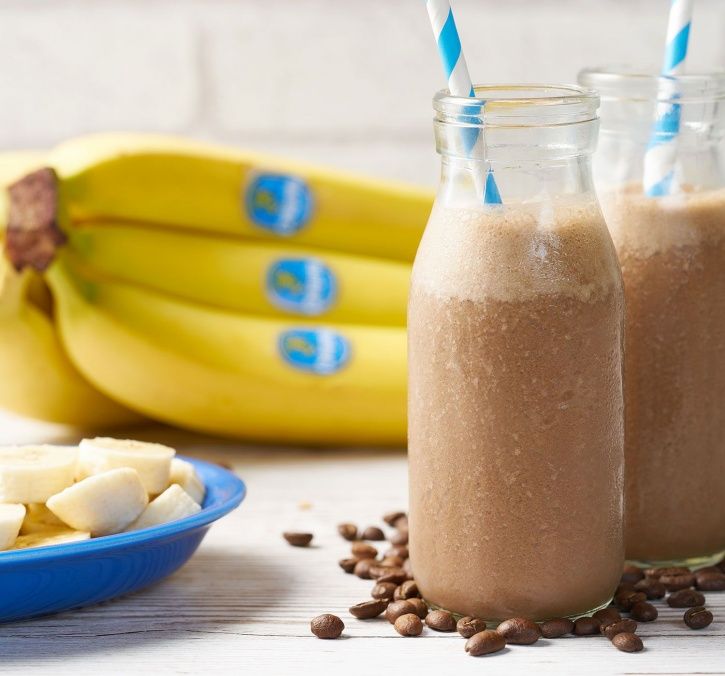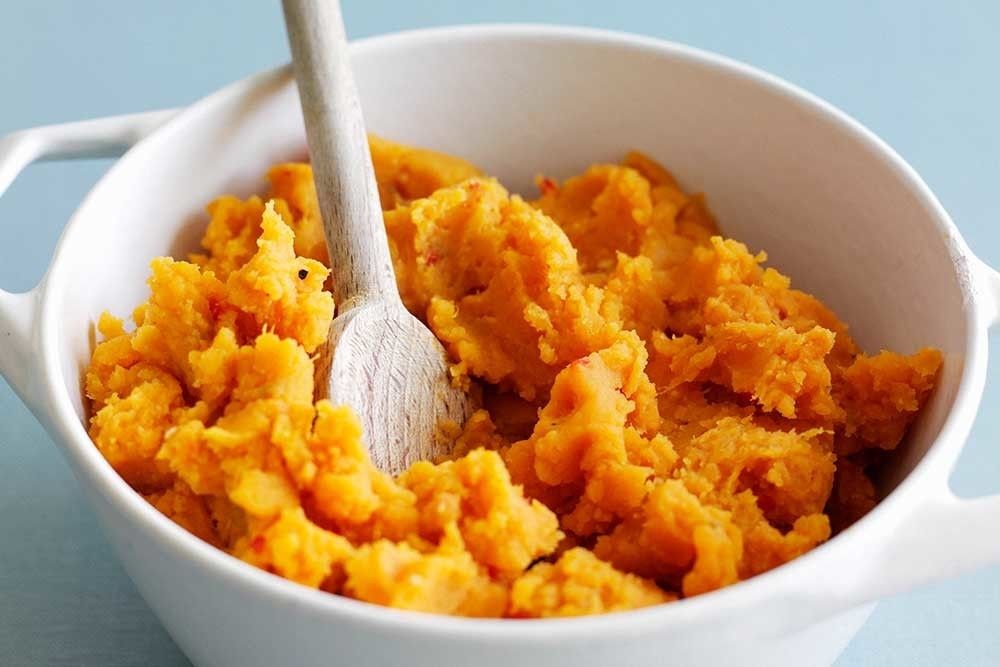Baby chickens feeding schedule
Feeding Chickens at Different Ages
Chickens at different stages of development require different feed formulations. Poultry nutritionists formulate feed to ensure that chickens get all the nutrients they need daily in commercially available feeds. Since bagged feed from established, reputable feed companies are a nutritionally balanced food source, anything that is added to the birds’ diet dilutes the nutrient balance they should be getting daily. Even healthy snacks should only be offered rarely, in moderation so as not to tip the balance too far in any direction.
I strongly caution against dabbling in assembling homemade feed blends. Imprecise calculations and the wrong ingredients can affect growth in young chickens, egg production in layers and result in negative, long-term health consequences. “Mixing rations is the most complex aspect of poultry management and isn’t something you should undertake if you’re just starting out.
Ration formulation requires:
- availability of appropriate feedstuffs
- analysis of feedstuff composition
- knowledge of the nutritional needs of chickens
- ability to mix feed in quantity your flock will use within four weeks.
”1 Storey’s Guide to Raising Chickens, Damerow
“The adventure of homemade chicken feed mixing isn’t for the casual flock keeper, though. You need a solid knowledge of poultry nutrition to balance a ration properly and avoid nutritional deficiencies. Feeding unconventional feed ingredients does carry some risk because unexpected problems may happen, such as digestive upset, toxicities, or spoilage.”2 Dr. Julie Gauthier, DVM, MPH, Dipl.ACVPM
The following is intended as a general guideline for feeding commercial feeds to laying hens. The availability of certain feed varies by geographic location, therefore, the manufacturer’s recommendations should always be followed.
STARTER FEED, Day 1 to 18 weeks (Chicks)Day-old chicks through 18 weeks old require starter feed, aka starter crumbles, containing 20% protein. Starter feed contains the highest percentage of protein a layer will ever consume, which makes sense given their astronomical rate of growth in the first few months of life.
Starter feed can be purchased in both medicated and unmedicated varieties. Medicated feed contains amprolium, which protects chicks from the progression of coccidiosis, a common and deadly intestinal disease that is spread in fecal matter. Chicks that have received the coccidiosis vaccine should not be fed medicated starter, as the amprolium will render the vaccine useless and the chicks vulnerable to the disease. When purchasing ‘vaccinated’ chicks, it’s important to know which vaccines they received.
When conditions become overcrowded, dirty, wet and warm from the heat source, coccidiosis can thrive with deadly consequences. These types of unhealthy conditions are significantly less likely to occur with pet chickens than they are with commercial poultry operations. Chickens build up a natural immunity to the organisms that cause coccidiosis with or without medicated starter. Allowing chicks to build up an immunity in clean, dry conditions will serve them well when they are ready to head out to the big kid coop and medicated feed helps keep parasite populations that cause coccidiosis in check while they build immunity to them.
Most new chicken-keepers wonder at what age a chick can be given treats. Chicks are tiny and treats will replace a percentage of the nutrition in starter ration that their rapidly-growing bodies require. I recommend no treats at all.
GRITThe term grit describes hard materials such as sand, dirt or small stones that aid in digestion. While starter feed and layer crumbles and pellets needs no help being digested, treats, grains and other fibrous foods may require grit to aid in breaking them down. Since chickens have no teeth, fibrous foods are ground with grit in the gizzard, which is a muscle in the digestive tract. Chickens foraging outside will naturally pick up bits of grit from the ground, those that do not forage outside must have grit supplied to them in a dish apart from their feed.
LAYER FEED, 18 weeksChicks should be transitioned to layer feed at 18 weeks. Layer feed should not be fed to chickens younger than 18 weeks unless they have begun egg-laying because it contains calcium that can permanently damage the kidneys, reduce lifetime egg production and shorten a bird’s lifespan.
Layer feed is commonly available in mash, crumbles and pellet forms, all of which describe the size of the feed. Mash is the smallest and pellets, the largest. Layer feed generally contains 16-18% protein and has added calcium, which is necessary for strong bones and creating eggshells.
SUPPLEMENTAL CALCIUMWhile layer feeds contain a fast-release source of calcium, a slow-release source of calcium such as crushed oyster shells should be made available to laying hens in a separate dish, apart from the feed, not mixed into the feed by chicken keepers. All laying hens have different calcium requirements and will consume as much oyster shell as they need. Crushed eggshells alone are not an adequate calcium source of supplemental calcium for laying hens.3
Hens deprived of adequate amounts of dietary calcium will utilize the calcium stored within their own bones to produce eggshells, which is unhealthy for them.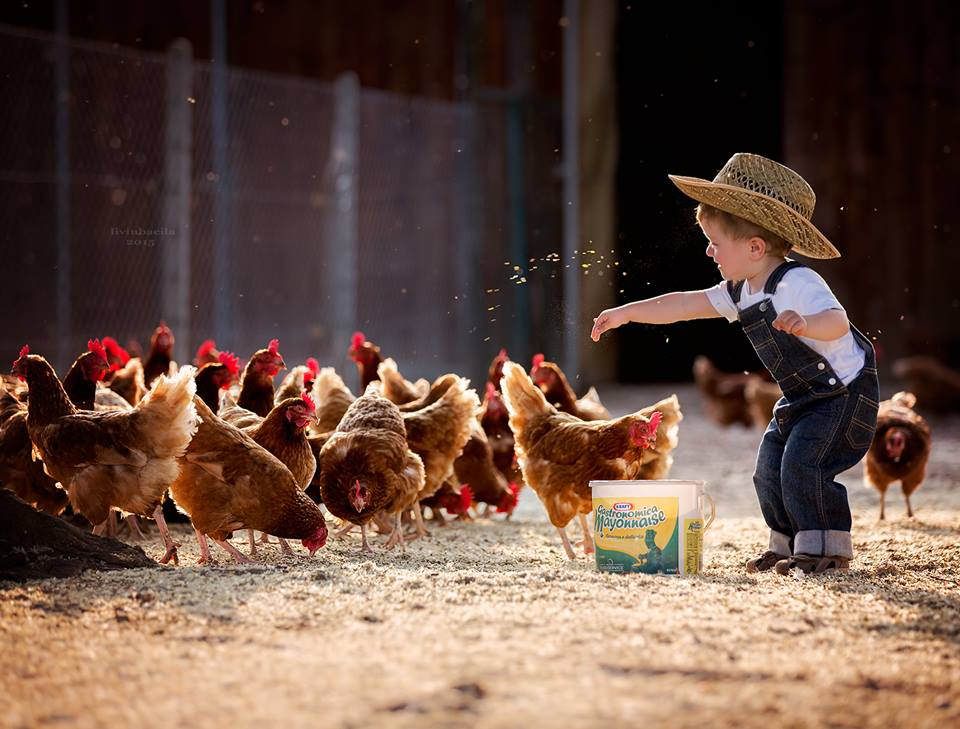
A nutritionally complete layer feed provides all of the nutrients a chicken requires in the correct forms and amounts. Offering snacks, treats, fruits, vegetables, scratch, corn, mealworms, sunflower seeds, or table scraps dilutes the complete nutrition in a balanced feed. Limit snacks and treats, even healthy choices, to no more than 2 tablespoons per bird per day and only rarely. Diluting the nutrition in the hens’ feed can cause many problems, including aggression, obesity, feather picking, egg binding and reduced egg production. Laying hens are better off without any treats/snacks at all.
SCRATCHChicken scratch is NOT chicken feed. The contents of scratch vary, but it consists primarily of cracked corn and any number of other grains. It’s a source of energy (think: carbs) but is not a good source of vitamins, minerals or protein. “Scratch should be fed sparingly, if at all.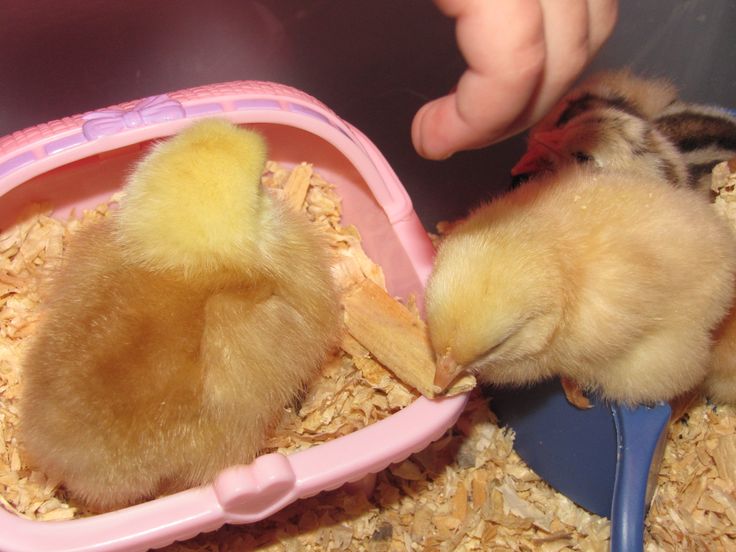 ” 2 I do not recommend giving chickens scratch at all.
” 2 I do not recommend giving chickens scratch at all.
Given the power and force of chicken math, chickens of mixed age groups often occupy the same living space at any given time, which raises the question of how to feed each properly. This situation isn’t ideal, but it’s not unique either. Feeding an unmedicated starter/grower to a flock of mixed age birds with oyster shell available free-choice (in a separate dish) is the best solution. The additional protein in the starter/grower ration won’t hurt the older birds, but the calcium in layer feed can damage the kidneys of growing birds.
FREE FEEDING vs. RESTRICTED FEEDINGA laying hen’s full-time day job is eating. A free-feed dining option is the best and most common in backyard flocks, one in which chickens eat in small increments at their leisure throughout the day. Chickens have a unique digestive system that can accommodate only a small amount of food at a time in their crops.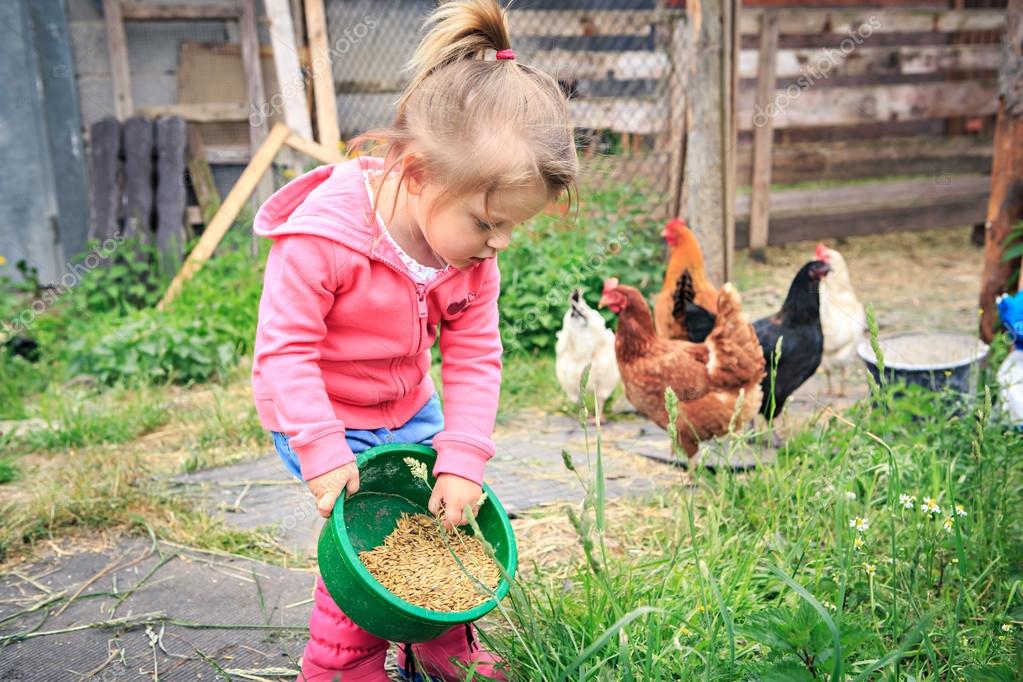 Alternatively, with a restricted feeding schedule, chickens are fed at specific intervals during the day. Restricted feeding generally requires the use of several feeders even in a small flock and should not be employed without a good reason for doing so and a clear understanding of the purpose of restricted feeding.
Alternatively, with a restricted feeding schedule, chickens are fed at specific intervals during the day. Restricted feeding generally requires the use of several feeders even in a small flock and should not be employed without a good reason for doing so and a clear understanding of the purpose of restricted feeding.
1 Storey’s Guide to Raising Chickens, Damerow, Gail. Storey Publishing, 1995, pg. 49.
2 The Chicken Encyclopedia, Damerow, Gail. Storey Publishing, 2012. pg. 235
3 *Gail Damerow, Backyard Poultry Magazine Volume 9, Number 3 June/July, 2014
You May Also Like
Chicken Feed Guide | Chick to Laying Hen
It can be tricky figuring out what to feed a mixed flock of chicks, hens and roosters. Here's a handy chicken feed guide from hatch to laying age to help you navigate through it.
Depending on where you buy your feed, you might get accurate information about what you should be feeding your chickens at various points in their life - or you might not.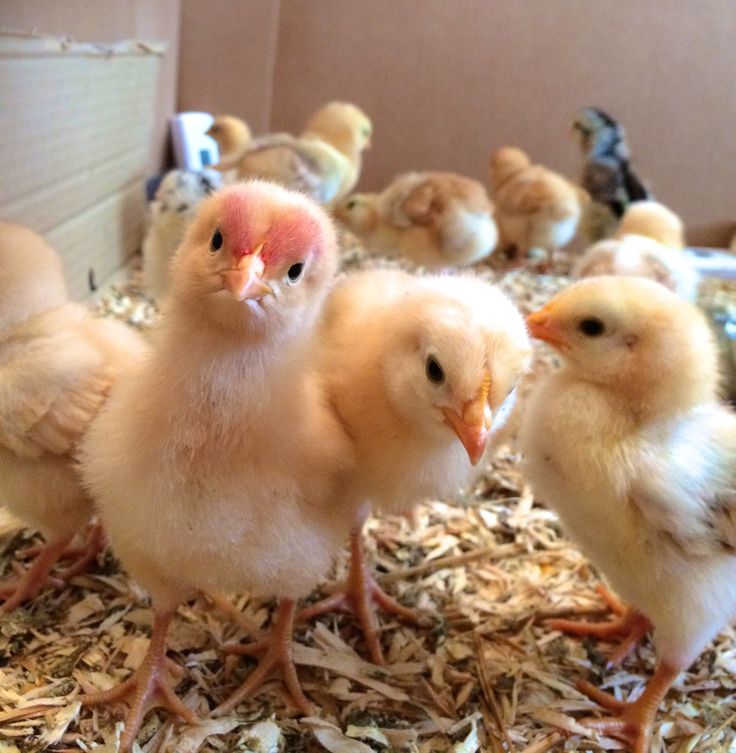
It's very important to match the type of feed - i.e. chick, starter, grower or layer - to the age of the birds in your flock.
Should I Feed My Mixed Flock an All Flock or Flock Raiser Feed?
I remember being horrified early on, after having been told that a "flock raiser " feed was perfect for our growing mixed flock of chickens and ducks and bringing home a bag, only to find that it would have been perfect had we been planning on EATING our flock!
The feed store (correctly) recommended it for our mixed flock of chickens and ducks, but (incorrectly) recommended it to a mixed future LAYING flock.
With 22% protein, it would have put weight, on the ducklings especially, way too fast causing leg and foot issues and could also have caused them to start laying too soon.
I always recommend staying away from any feed that is supposedly perfect for any number of species because it's usually not great for any single one.
Most of the "all flock" or "flock raiser" feeds have way too much protein and not nearly enough calcium for your chickens and ducks, so be sure to read the labels to be sure you know exactly what you're buying.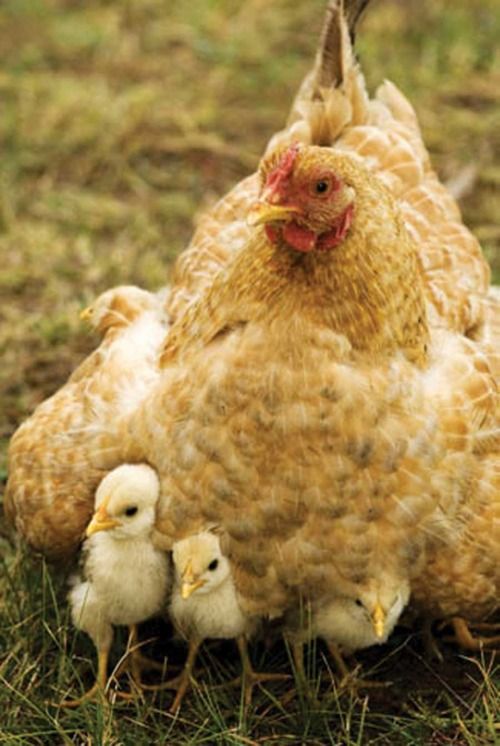
Can I Feed Chicks Layer Feed?
I have also been told by the feed store that chicks can eat layer feed without a problem.
Again, incorrect.
The extra calcium in the layer feed can cause kidney problems in non-laying chicks and pullets, as well as weak legs or even death.
Confused and not trusting what I was being told by our local feed stores, I did my own research, called a few hatcheries and feed companies and now feed our chicks, pullets and laying hens, as well as our ducklings and ducks, what they specifically need for each stage of life.
Remember that this is an imprecise science, so I generally switch to new feed at or about the ages listed - or when I run out of my last bag of the current feed (you can even mix the tail-end of a bag into the new feed so as not to waste it).
So based on my own reading and research, plus more than a decade of raising any number of chicks, chickens, roosters, etc. here's a handy reference to the feed requirements for your chickens.
Feed: Chick Starter (18-20% protein)
Water: Room temperature with stones or marbles in it so chicks don't drown, with a splash of apple cider vinegar several times a week. Sugar water the first day, optional, for shipped chicks (1T sugar per quart of water)
Grit: Chick-sized grit or coarse dirt, if fed anything besides chick feed
Calcium: N/A
Supplements: Sprinkle of probiotic powder (thought to combat coccidia), sprinkle of brewer's yeast (especially important for ducklings) and garlic powder (immune system booster) over feed, sea kelp, assorted fresh chopped or dried culinary herbs, especially oregano, sage and parsley
Treats: Limited. I stick to moistened oats (helps with pasty butt), soft scrambled eggs, minced garlic, chopped weeds, herbs and clumps of grass.
Chicken Feed Guide | 8 Weeks to 14 Weeks
Feed: Starter/Grower Feed (16-18% protein)
Water: Cool water with 1 Tablespoon of apple cider vinegar per gallon twice a week
Grit: Commercial grit or coarse dirt/small stones
Calcium: N/A
Supplements: Sprinkle of probiotic powder, brewer's yeast and garlic powder, and DE (food-grade diatomaceous earth) added to feed if the pullets are spending time outside, sea kelp, dried culinary herbal blend
Treats:
Begin to introduce other healthy treats in moderation: vegetables such as cucumbers, tomatoes, leafy greens, watermelon, corn or peas, whole grain pasta or brown rice, along with the moistened oats, soft scrambled eggs, minced garlic, cut weeds and clumps of grass.
Chicken Feed Guide | 15 Weeks to 18 Weeks
Feed: Finisher Feed (16% protein) Note: if you can't find finisher, you can continue on the grower feed until week 18Water: Cool water with 1 Tablespoon of apple cider vinegar per gallon twice a week
Grit: Hens in a dirt run/free range set-up should find enough stones on their own
Calcium: N/A
Supplements: Increase to 2% ratio each to feed of Probiotic powder, brewer's yeast and garlic powder, DE, sea kelp, dried culinary herbal blend
Treats: Healthy treats in moderation, add sunflower seeds, cracked corn, mealworms to the other treats
Chicken Feed Guide | 18 Weeks and Older
Feed: Layer Feed (16% protein plus increased calcium levels)
Water: Cool water with 1 Tablespoon of apple cider vinegar per gallon twice a week
Grit: Hens in a dirt run/free range set-up should find enough stones on their own
Calcium:
Crushed oyster shell or egg shell free-choice in a separate dish.
Calcium (either oyster or egg shell) should always be fed free-choice so each hen can eat as much or as little as she needs for strong egg shells.
Supplements: 2% ratio each to feed of Probiotic powder, brewer's yeast and garlic powder,DE, Omega-3 supplement, sea kelp, dried culinary herbal blend
Treats: Healthy treats in moderation not to exceed 10% of total diet, scratch in the evening during cold months
For the exact amounts of each supplement that should be added to the layer feed and more on the benefits of each supplement READ HERE. (The link to purchase the various supplements appear above, just hover over each word)
Considerations for a Mixed Flock
Of course there are other scenarios which involve having a "mixed" flock of different ages of chickens (or a rooster) living together. Here's how you should handle those scenarios.
Roosters in the Flock If you have roosters in your flock, they won't touch any free-choice calcium you put out, (nor will non-laying hens), which is why it should always be fed free-choice not mixed into the feed so each bird can eat as little or as much as they want.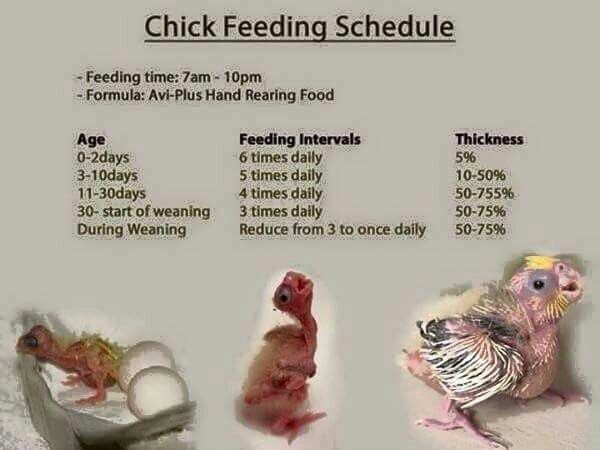
Roosters living with laying hens can eat layer feed once they reach 18 weeks old despite the higher calcium levels, as long as you're not mixing in any additional calcium into the feed.
If you have a "bachelor" flock made up of entirely roosters, then you can feed them grower feed. They don't need the calcium in layer feed.
Mixed Flock | Layers and Younger or Older Non-Layers
Rule of thumb when you have a flock made up of birds of different ages (i.e. feed stages), and assuming you aren't separating them by age and everyone is eating the same feed, is:
You should feed everyone the appropriate feed for the youngest in the flock.
So for example, if you add 10 week old pullets to your existing flock, you should feed everyone grower feed.
A 'mixed' flock of layers and non-laying pullets should be fed grower feed with the free-choice calcium described above until the point at which all your hens are laying or the youngest are at least 18 weeks old. Then the entire flock can be switched to Layer feed.
Then the entire flock can be switched to Layer feed.
Feeding laying hens Grower feed for a couple of weeks won't hurt them, although they WILL eat more crushed egg shell to make up the calcium they need and aren't getting from the feed, so be sure that you always have free choice oyster shell or eggshell out for them to nibble on.
However, feeding non-laying pullets Layer feed before they start laying causes them to ingest higher levels of calcium than they need and can cause kidney problems later in life - or even death.
Chicken Feed Guide | Broody Hen with Chicks
A broody hen with chicks will be fine having access only to chick starter feed, since she's not laying eggs while she's caring for her chicks anyway and doesn't need any additional calcium during this time.
It's a good idea to provide her with a bowl of egg shell or oyster shell on the side though, so she can start building up her calcium stores to prepare to begin laying eggs as soon as the chicks are on their own (around five weeks old).
In a perfect world you could set out bowls of different feeds and they all would eat from the right one, but that just isn't realistic! I hope this reference guide will be helpful as you add to, or establish, your flock.
Buying source for the feed I recommend:
Small Pet Select Chicken Feed
Fresh Eggs Daily Natural Poultry Feed SupplementsAvailable from Amazon.com
Available from Chewy.com
Pin This!
Further reading:
http://articles.extension.org/pages/69065/feeding-chickens-for-egg-production
http://animalsciencey.ucdavis.edu/avian/feedingchickens.pdf
What and how to feed chickens from the first days of life: recommendations and a photo review
Everyone who decides to have fluffy lumps - chickens, hopes that he will be able to grow a strong and strong livestock.
Doing this at home is not so difficult if you approach nutrition and bird care in the right way. Unfortunately, very often the cause of the death of young animals is precisely the wrong diet. In order to prevent this from happening, you need to know what to feed the chickens, when and how to do it correctly in accordance with their age needs.
Features and rules of feeding
A chicken is essentially a child, and all children need to be fed correctly and nutritiously. To avoid possible negative consequences in the future, a balanced diet should be established literally from birth. If you are buying day old chicks from a hatchery in the market, ask how long ago they hatched and if they have been fed. Set the feeding schedule for your feathered babies. At first, they will have to be fed every 2 hours, but this is not for long, after the chickens celebrate their one-month anniversary, only 3 feedings will be enough for them.
In addition to a balanced diet, your chicks should always have clean and fresh water.
Some breeders recommend periodically soldering chickens with a weak solution of potassium permanganate. Others consider it poisonous and argue that with the slightest violation in the proportions in the process of preparing the solution, it can bring harm to the birds, not benefit.
Newly hatched chicks only
The first feeding of the chicks should take place immediately after they have dried. Nature has programmed the brain of a newborn chicken in such a way that immediately after he swallows something on his own for the first time in his life, this will start the mechanisms for the formation of the “correct” digestive system and the feeding reflex. The process of leaving the egg itself is very energy-intensive. In order to somehow compensate for these energy costs, the so-called yolk sac is provided, which will serve as a source of nutrients for the newborn for the first 10-12 hours of life.
In order not to provoke a deficiency of these same nutrients in your hatched birds, immediately offer them food.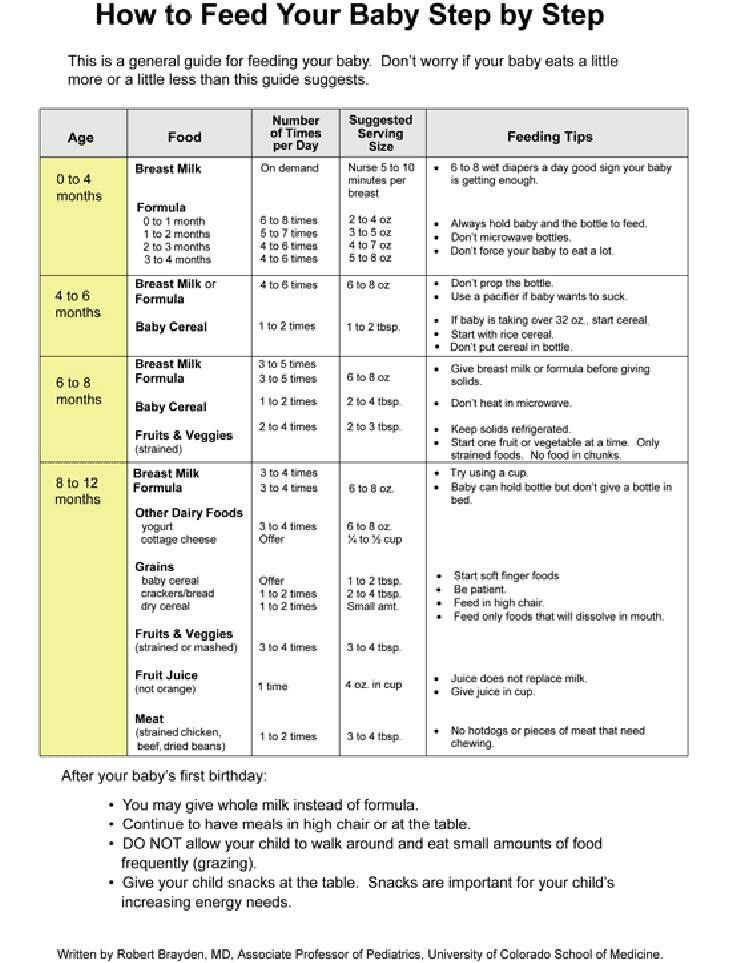 Small corn grits are ideal for the first feeding. Scatter it simply on the floor of the cage or on the cardboard, so it will be more convenient for the chicks to peck at it. After that, take care of drinking, in the first 24 hours of life, the chicks will benefit from a 3-5% glucose solution - a powerful source of energy. It's great if you also add vitamin C there, at the rate of 10 g per 10 liters of liquid.
Small corn grits are ideal for the first feeding. Scatter it simply on the floor of the cage or on the cardboard, so it will be more convenient for the chicks to peck at it. After that, take care of drinking, in the first 24 hours of life, the chicks will benefit from a 3-5% glucose solution - a powerful source of energy. It's great if you also add vitamin C there, at the rate of 10 g per 10 liters of liquid.
Day old
Many are accustomed to feeding small day old chicks hard-boiled chicken eggs. And more recently, they began to talk about the fact that it is wrong to use such food for chickens in the first days of life. The egg does not give the proper load on the chicken stomach, which interferes with the formation of the correct muscles of the gastrointestinal tract. Protein oversaturates the body of the chick with proteins, and the yolk with fats. And this, in turn, negatively affects the process of assimilation of B vitamins, which are essential for the nervous system of chickens.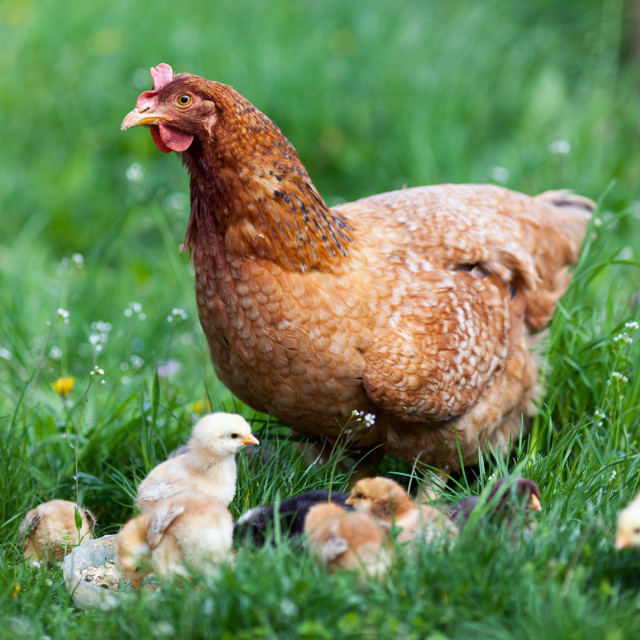
Although there is a successful experience of growing chickens at home on chicken eggs, it is probably not worth neglecting the latest research in this area either. Therefore, it is still preferable to dilute corn grits for chickens on the second day of life with such cereals as wheat, barley, semolina, oatmeal or millet. Make sure that all the chicks peck at the grain.
If a chick's stomach turns out to be empty, it is better to remove it from the common cage and feed it separately until its appetite returns to normal. Recall that daily babies need to be fed every two hours (that is, more than 10 times a day). In addition to mixtures of cereals, starting from two or three days of age, finely chopped greens, cottage cheese, and wet mash are introduced into the diet of chickens.
Dairy products, a source of calcium and proteins, deserve special attention in the diet of feathered babies. In addition to cottage cheese, do not forget about kefir and yogurt.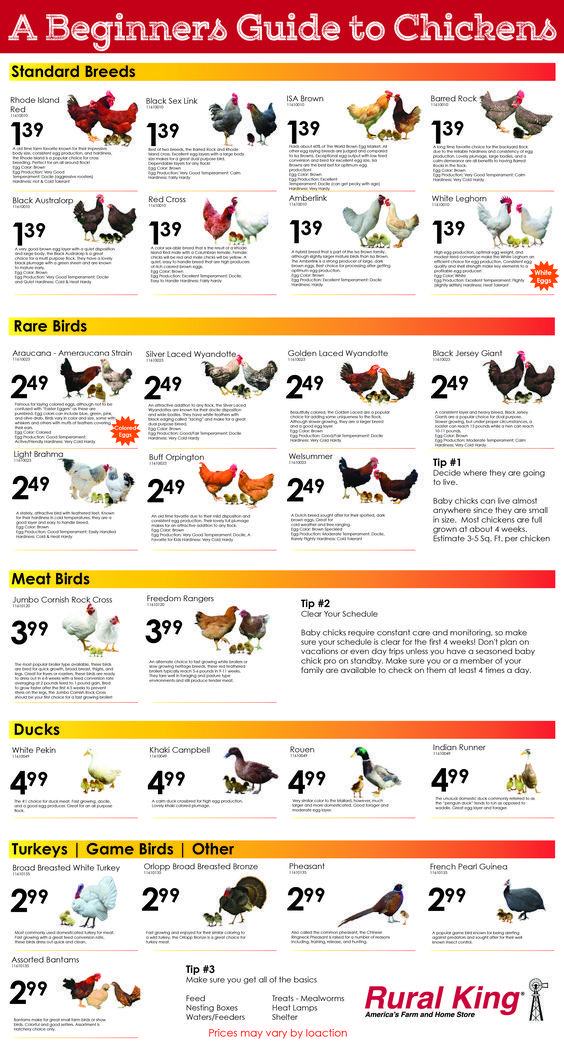 If the chicks refuse to voluntarily consume these products, they will have to drink yogurt from a pipette. Thanks to this, the microflora of the gastrointestinal tract of your small pets will be populated with beneficial microflora. Of course, he does not forget about greenery, from the third day of life, the chickens can already eat it. Young nettles, dandelions, clover, green onions from their own garden are the best food for chicks.
If the chicks refuse to voluntarily consume these products, they will have to drink yogurt from a pipette. Thanks to this, the microflora of the gastrointestinal tract of your small pets will be populated with beneficial microflora. Of course, he does not forget about greenery, from the third day of life, the chickens can already eat it. Young nettles, dandelions, clover, green onions from their own garden are the best food for chicks.
Weekly
At the age of one week (7 days) we continue to feed the chickens with mixtures of cereals, herbs and cottage cheese, the consumption rate during this period is 10 grams of feed per chick. We add wet mash with the same cereals and boiled potatoes or grated carrots to the diet, red carrots are especially useful. Starting from the 6-10th day of life, you can introduce mineral supplements, such as small shells, chalk, do not forget to water the chicks. We put a container with sand - in it the chickens not only swim with pleasure, but can also peck some grains of sand.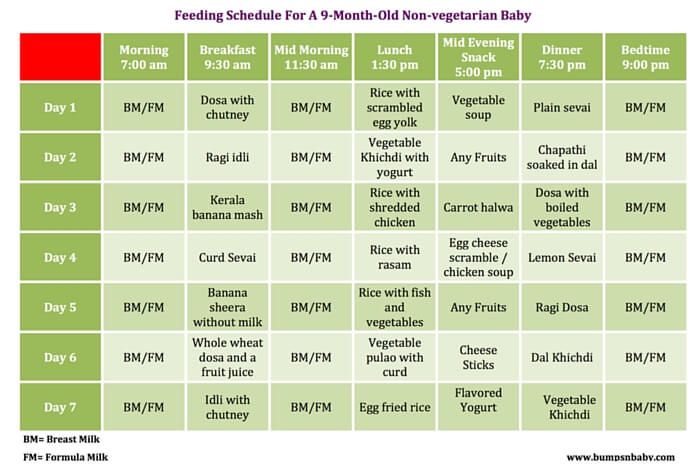 For them, this is very useful - the esophagus is cleared and the food in the stomach is better ground.
For them, this is very useful - the esophagus is cleared and the food in the stomach is better ground.
Monthly
Three-week-old and one-month-old chicks can already spend most of their time in the pen. You can no longer chop the grass for them, as before, but hang bunches of herbs in bunches so that they can peck at the greens they like the most. You can give the birds more mash, but it's time to wean them off the "children's" cereals. For them, crushed grain is already suitable, and from the age of one and a half months and whole. Since the babies are in the stage of active growth, increase the proportion of minerals and vitamins in their feed.
Mix three-week-old chicks with meat and bone or fish meal, fish oil, pieces of sea fish. Some breeders prefer to feed their chicks with special baby food balanced for their age requirements.
Care considerations
In addition to a balanced diet, home chicks must be provided with the necessary comfort and care. It is better to settle them in well-ventilated cages, it is not bad if it is possible to provide them with walking. The cage needs to be cleaned every day. For convenience, a newspaper is laid on the floor where day old chicks live, which is easily removed as it gets dirty with droppings. The floor in the cage where chicks older than 10 days live is covered with sawdust. So that your feathered babies do not get stressed, feed them at the same time and keep the cage at a constant temperature and sufficient light.
It is better to settle them in well-ventilated cages, it is not bad if it is possible to provide them with walking. The cage needs to be cleaned every day. For convenience, a newspaper is laid on the floor where day old chicks live, which is easily removed as it gets dirty with droppings. The floor in the cage where chicks older than 10 days live is covered with sawdust. So that your feathered babies do not get stressed, feed them at the same time and keep the cage at a constant temperature and sufficient light.
Wash drinkers and feeders daily, especially after wet mash. The slightest violation of sanitary conditions can lead not only to illness, but also to pestilence among young animals. Make sure that a sufficient front of feeding and watering is provided - the length of the feeders and drinkers to which the chickens have free access. Everyone should have enough space, food, drink, heat and light, then the safety of the young will be consistently high, and the adults will be healthy and active!
Chicken Nutrition and Care Video
We invite you to watch the video, which explains in detail how to ensure the correct feeding and maintenance of chickens!
- Author: Mykhailo
Rate this article:
(39 votes, average: 4.2 out of 5)
Share with your friends!
404 Not Found
No page found with this URL
404
Please check the URL and try again.
You can return to the main page of the site.
Or see the sitemap.
- Compound feed
- Compound feed for birds
- For broiler chickens
- For quail
- For laying hens
- For ducks
- for turkeys
- Compound feed for pigs
- For piglets
- For fattening pigs
- Compound feed for herbivores
- For rabbits
- For chinchillas
- Compound feed for cattle/MRS
- For calves/milk cows
- For goats/sheep
- Other feed
- Feed mixture
- Raw material
- Compound feed for birds
- Premixes
- Premixes for birds
- For laying hens
- For breeding layers
- Premixes for pigs
- Premixes for herbivores
- Premixes for cattle
- Premixes for birds
- BVMK How to buy About the plant
- Points of sale Become a dealer
Advantages of our feeds
-
Precise balance of elements necessary for animal growth
-
Less feed consumption - ingredients are absorbed more intensively
-
Delicious food - stimulates the active appearance of appetite
-
Increased immunity - animal mortality is reduced to a minimum
-
Only natural, pure and healthy raw materials
-
Animal weight gain is on average 5-15% higher than normal
Authorization
E-mail:
Wrong e-mail
Mandatory
Password
Wrong password
Mandatory
Authorization
You have successfully authorized on the site
Registration on the site
Email Email (login)
Invalid E-mail
Field required
Password
Password too simple
Field required
Repeat the password
Passwords do not coincide
Filling the field is required to
FULL NAME
The name
Filling the field is required
9000 By registering, I agree to the rules for the sale of goods and the user agreementSecurity code
Password recovery
TODO: Feedback form
in footer.


